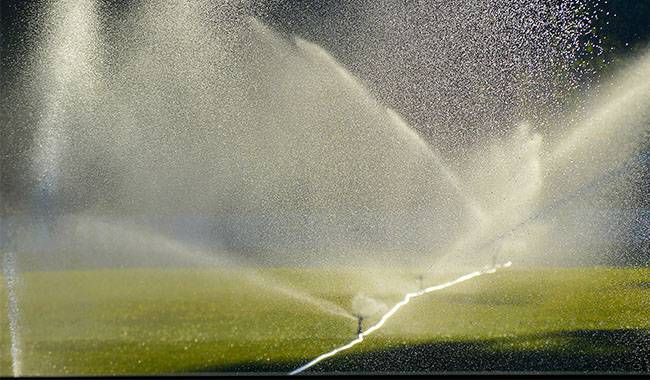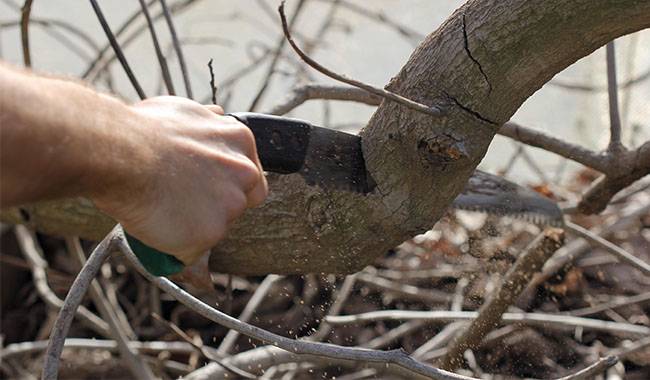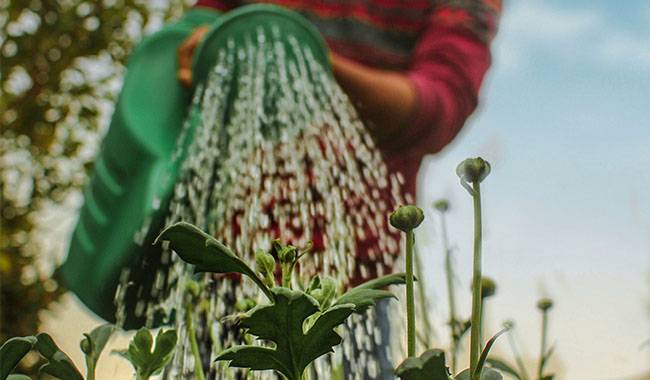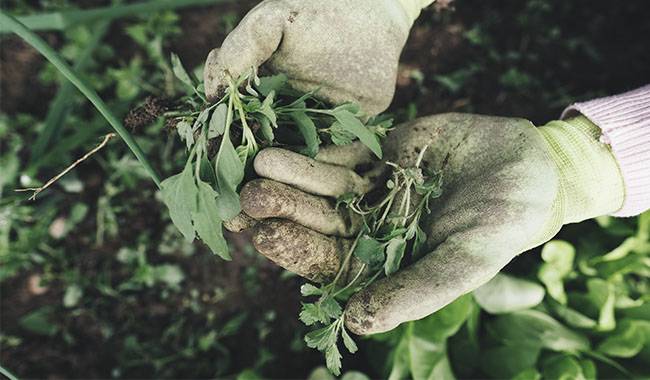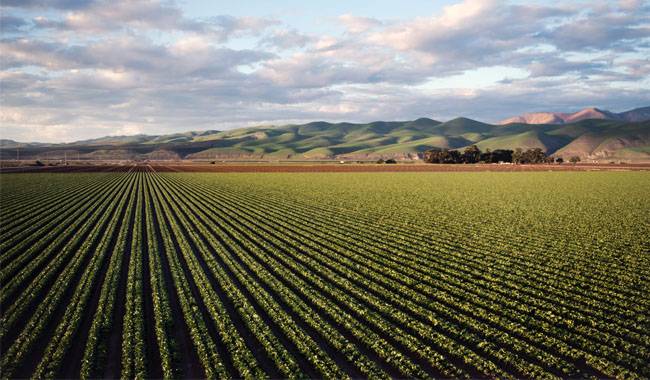
One of the most important rules for planting strong and healthy seedlings is to have the “right” soil mixture. Often, gardeners use two options for planting seedlings: either a purchased soil mixture or one made up of several ingredients.
In both cases, to put it mildly, the fertility of the soil for the seedlings is questionable. Therefore, sprouts will need additional nutrients from you.
In this article, we will tell you about simple and effective seedling fertilizer.
WHY IS THE SOIL NOT NUTRITIOUS ENOUGH FOR YOUNG SEEDLINGS?
The soil you want to sow seedlings in should be:
- Loose so that the tiny, fragile roots can germinate easily without encountering obstacles.
- Good at retaining moisture and air, as the roots both “drink” and “breathe”.
- Sterile, meaning free of insect pest larvae and eggs, disease spores, and weed seeds.
- Nourishing.
But for this last point, it deserves a separate treatment.
I must say that commercial substrates, although convenient, do not have a high content of macro and micronutrients, which are necessary for small sprouts. In my opinion, the reason for this is simple.
The manufacturer does not need to invest additional costs, because each grown crop has its own characteristics and needs. It is easier to produce a non-enriched, but a universal mixture.
When making soil mixtures independently, the main component responsible for fertility is usually the native land from which we get our plots. Some nutrients are more enriched and some are less so.
However, when mixed with peat, sand, and other fillers, the fertility is still not enough to grow strong seedlings (unless you have black soil on-site).
WHAT TO FEED SEEDLINGS?
In order to provide seedlings with sufficient nutrients, you can use at least 5 options for effective fertilization. However, it is worth mentioning that even at the stage of preparing the soil, you can provide nutrients to the seedlings by adding nutritional additives to the soil composition.
You can use decomposed manure, chicken manure, or compost. But you have to make such a soil mixture in advance, and the smell these seedlings give off in the house is not to everyone’s liking, I’m afraid.
A good alternative is Vermicompost, which is a very good choice. It is several times more effective than manure and compost due to enzymes, vitamins, soil antibiotics, growth hormones, and other bioactive substances.
Of course, a good bio-liquid is free of disease spores, insect pests, and weeds. In addition, plants, even small ones, respond to it immediately and seeds germinate faster.
But if you don’t give your seedlings enough nutrients beforehand, you can feed your plants in one of the following five ways
Organic fertilizer
Again, the smell in the house (since you’re likely to leave the sprouts on the windowsill) may not like the housemates. Take a portion (by volume) of chicken (quail or pellet) manure or feces and mix it with the same volume of water.
Let the mixture ferment, or in the case of pelleted poultry manure, soak for 2-3 days. Again, I point out that all this happens in the warmth of your home.
The obtained mixture should be diluted with water immediately before feeding the seedlings. For poultry manure, the ratio is 1:12, for manure – 1:8. However, there is not enough phosphorus in this mixture, so it is worth adding calcium superphosphate. 1 tablespoon per 10 liters of finished fertilizer.
However, simple calcium superphosphate does not dissolve in water. It is dissolved separately in hot water and persists for several hours, and then has been added to the organic fertilizer. Agree that in this case there are many inconveniences, in addition to the smell.
Extract of biological Vermicompost
As a variant of the organic dressing, we use an extract from a biological fungus – vermicompost tea. Or better yet, a ready-made, liquid bio-vermicompost concentrate sold in garden and flower stores.
The fertilizer is great in every way. And it is environmentally friendly and contains all the macro and microelements, enzymes, humus substances. And all this is available to the seedlings in a hassle-free form.
Mineral fertilizers
We use mineral fertilizers. I will say right away that if you grow vegetable crops and radiate them for the “purity” of the fruit, then you should not worry. The time from fertilization of seedlings to harvest is even a lot. And to grow strong seedlings at the right time – it’s really important!”.
Rooting agents
As a type of mineral fertilizer, you can use special preparations under the generic name “rooting agents”. They also contain all the necessary macro and microelements, vitamins, root formation stimulants, and even fungicidal components, which are very important for young seedlings. We all remember what damage is caused by blackleg and other “molds”.
Special mineral fertilizers for seedlings
The difference between mineral fertilizers for seedlings and general-purpose fertilizers is the increased content of macroelements such as nitrogen, phosphorus, and potassium.
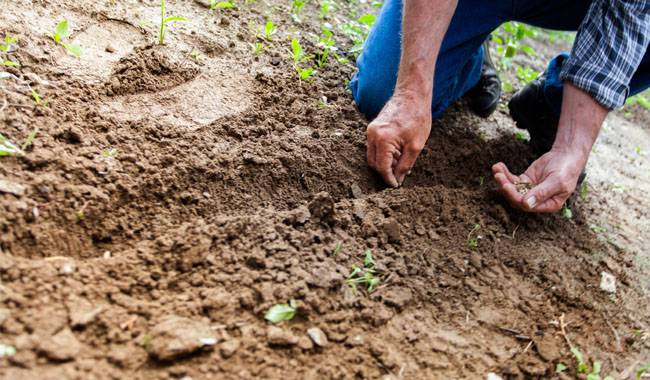
WHEN TO FERTILIZE SEEDLINGS?
When should I fertilize my seedlings? First of all, you can fertilize the soil mixture before planting with any of the suggested options. But it is still worth doing it earlier, ten days in advance. Let all the physicochemical processes “settle” there at the time of sowing.
Then fertilize after the second true leaves appear. It is at this time that the plant has exhausted the supply of nutrients from the seed and turns completely to food through its own, small stationary root system. And further, every 7-10 days, or as directed by the fertilizer.
I remind you that you have to be very careful with the young seedling. It is still too fragile and this is not a mature plant, so all this fertilizer should not fall on the leaves and stems under any circumstances. The soil must be moist before the fertilizer is applied.
And the most important thing is! Nutrition, temperature, and light are three closely related parameters. If you start feeding your seedlings regularly, at the right temperature above 68°F (20°C), they will grow intensively.
What about your light? In February, the sun rises at 8 o’clock and sets at 17 o’clock. Even on a south-facing window, there won’t be enough light for the seedlings to need at least 14 hours.
So it turns out that all this extra feeding will hurt her, not be good – she’ll be out of reach and you’ll have a hard time saving her. She will lose, no, be wilted by your own hand seedlings.
Yes, there is a way to stop its growth – lower the temperature. In reality, this means living with the windows open in February and March. Do you agree? If not, then be sure to equip your seedlings with extra lighting.
CAN I SKIP FERTILIZING?
In my opinion, there are several other important considerations.
If you are planting seedlings of vegetable crops or annual flowering period, you really need to feed, because you need to get results quickly within a season. However, if these are seedlings of perennial crops, at least they are usually not worth feeding. Perennial crops do not have the task of “going all out” in the first season. They have a long lifespan and should grow normally and slowly.
It is important to consider your comfort level when choosing one or the other fertilizer. If you are a busy working person, then use modern compost that is easy to make. If your life is your garden, you can “play” with fertilizers, carefully observe and analyze – what the seedlings are currently lacking.
If your seedlings are growing and developing well and generally looking good, maybe there is no need to feed them?
Good luck and good luck with your crop!




